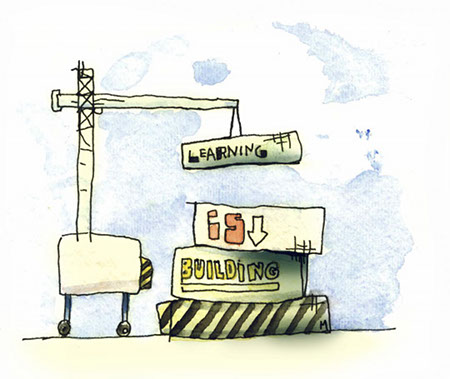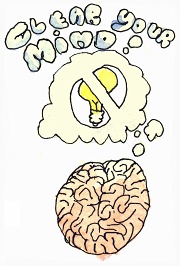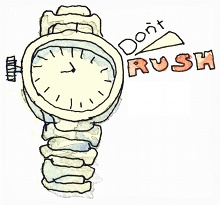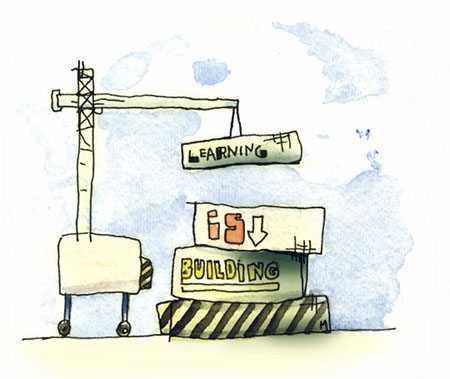We never really think about how we learn. In a way it’s something we take for granted. However, it’s important to at least have a general understanding of the learning process so that you are not working against yourself, making the task harder than it needs to be. This is essential in learning anything new, and in our case, ear training.
Ear training is a vital part of any course of music study. The ability to distinguish intervals, chords and pitches is crucial to a musician. I like to think of ear training as being similar to learning a new language. In spoken language we learn to identify the sounds of vowels and consonants; then we learn to recognize various groups of these sounds that make up words; finally, we learn how these words form sentences.
Ear training works the same way. First, we learn to recognize the smallest building blocks of music—intervals, or the distance between two notes. From there, we learn to recognize both successions of intervals (melody) as well as combinations (chords). Ultimately, we learn to recognize complete progressions of chords. It is evident, then, that ear training possesses many similarities to learning spoken language. For the musician who has not developed their ear to recognize the different parts of the musical language, it is like hearing someone speak a language they do not understand—the language may sound pretty, but they have no idea what the person is saying!

The process of training the ear to recognize and distinguish musical sounds is partly just that: training the ear. Virtually everyone can hear a difference between two tones, but for most, an integral part of ear training is the gradual “awakening” of the ear to hear aspects of music it is not accustomed to hearing. Directly connected to this process of fine-tuning the perceptiveness of the ear is the mental process behind it all. This is perhaps the most important concept to understand – yet it is often the part left out of any ear training course. At least, this has been my experience thus far.
The process by which we learn, not only in ear training, but in anything, can be summed up as follows:
“All learning involves a process of automatizing, i.e., of first acquiring knowledge by fully conscious, focused attention and observation, then of establishing mental connections which make that knowledge automatic (instantly available as a context), thus freeing man’s mind to pursue further, more complex knowledge.”
(Ayn Rand, Introduction to Objectivist Epistemology)
Simply put: learning works like building blocks. It takes a conscious, focused resolve to learn anything new, but eventually what we learn becomes automatic to the point that it’s almost effortless. For example, think of the time it took as a child to learn to do basic arithmetic—addition, subtraction, multiplication and division. Now, it’s hardly necessary to think about it. From there, we move to the next thing, which in turn, builds on our previous knowledge, and so on. There is literally no end to the limits of learning.
Apply this to ear training: at first you must focus to learn to distinguish the different musical intervals, but, eventually, the recognition of them becomes automatic, effortless. From there, the next step is to learn to recognize the succession of intervals that make up a melody, then chords, and so on. This may seem elementary or even obvious, but, consciously knowing how your own brain is learning is a vital step in successfully learning anything. Furthermore, that is the key, it is not the ear that is learning anything—it is the mind.
Tips for effective ear training
Here are a few tips that help me in my own ear training exercises:



Once again, it can’t be stressed enough just how vitally important ear training is for the musician, no matter what area of music you are involved in. I hope these tips help you as much as they have helped me.
Have any great tips for training, or insights into the learning process? Share them below, in the comments!







